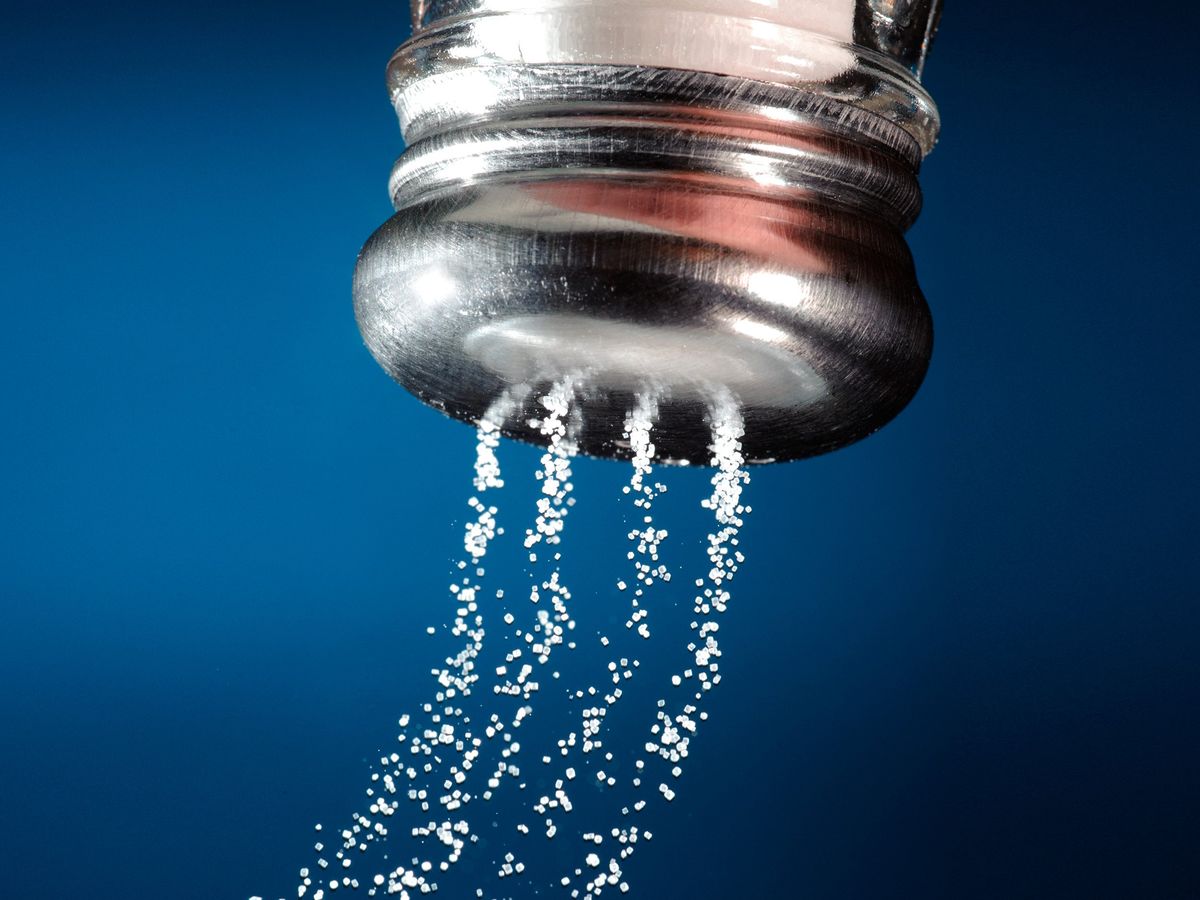Now, scientists at Arizona State University have proposed taking a different approach: Instead of replacing lithium, they’re diluting it with sodium. Sodium is readily available and abundant as sodium chloride (salt) in seawater, potentially easing the financial and environmental burden of lithium.
The team used a technique they had previously developed to test the energetic stability of lithium with 10 percent sodium mixed in and found the mixture to be stable without degrading battery performance. They expect that they can push the concentration up to 20 percent sodium without sacrificing efficiency. They presented their findings at the Goldschmidt Geochemistry Conference, held in Lyon, France, from 9 to 14 July.
The heart of any lithium-ion battery is the chemical reaction that occurs between the lithium ions and the battery’s anode and cathode. The anode is typically made of graphite, while the cathode is composed of lithium metal oxides—usually lithium cobalt oxide. When the battery is in use, lithium ions flow through from the anode to the cathode through the electrolyte, releasing energy in the process. The converse happens when the battery is charging.
The research team evaluated the feasibility of incorporating sodium into the cathode of lithium-ion batteries. They studied the material from a thermodynamics perspective, because a thermodynamically stable molecule is unlikely to break apart under various conditions.
“In order to understand making batteries, using batteries, keeping batteries operating for as long as possible, and then finally recycling or disposing of the material,” says Alexandra Navrotsky, the principal investigator on the effort “one has to understand the stability of the material.”
For a full test, the anode and electrolyte stability would also need to be studied. However, Navrotsky says, those materials are chemically much simpler and unlikely to cause major problems.
To investigate the thermodynamic stability of the sodium-doped cathode material, the scientists employed a technique known as high-temperature drop calorimetry. This method, pioneered in their laboratory and developed over the course of several decades, enables precise measurements of the energy changes that occur from chemical reactions at elevated temperatures.
Determining the thermodynamic stability of any material, such as a sodium-doped cathode, requires measuring the energy involved in its formation, also called the reaction energy, from the reactant components—in this case, the lithium metal oxide and sodium metal oxides. Ideally, researchers would directly measure the energy involved in converting the reactants to the desired product.
However, for many materials, the formation reactions occur slowly even at high temperatures, making it impractical or unfeasible to measure the energy directly. Instead, the researchers test the energy involved in combining each component with a third material—and of the end product with the same third material—and take the difference between those measurements to determine the reaction energy of interest. “In our case, this third material is our magic dissolution in the molten salt solvent in the calorimeter-drop solution,” Navrotsky says.
Through their investigations, the Arizona State University team found that the cathode remained stable with up to 20 percent sodium doping. However, as they further increased the sodium concentration, they observed something intriguing. Instead of maintaining the same structure while varying in composition, the material underwent a structural transformation. Unfortunately, this new structure did not possess the desired electrical properties necessary for a viable battery.
The study suggests that up to 20 percent of the lithium used in batteries could potentially be replaced with sodium, derived from salt. The work is a fundamental first step, showing that diluting lithium with sodium is chemically feasible. Whether or not this will lead to practical batteries with associated cost savings remains to be seen.
“Our interest is really that fundamental knowledge of the difference in the stability of the materials with composition or other parameters,” Navrotsky says. “Once we find those things out, once we make new materials, generally, we hand them over to collaborators who do the actual characterization of them within a battery.”
- To Boost Lithium-Ion Battery Capacity by up to 70%, Add Silicon ... ›
- Remembering Lithium-Ion Battery Pioneer John Goodenough - IEEE ... ›
- For Sustainable Batteries, Just Add a Pinch of Salt - IEEE Spectrum ›
Dina Genkina is an associate editor at IEEE Spectrum focused on computing and hardware. She holds a PhD in atomic physics and lives in Brooklyn.



